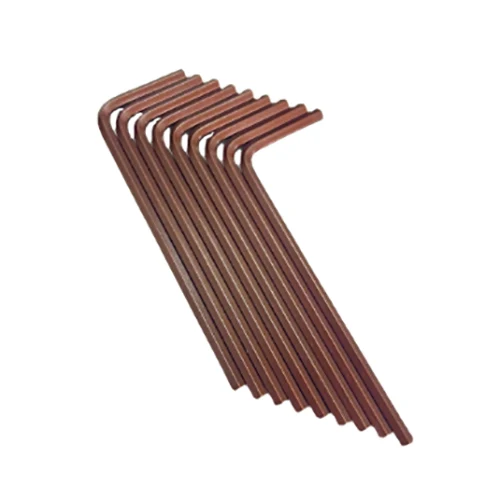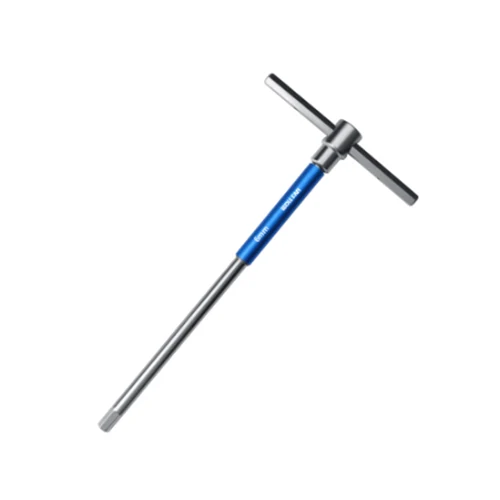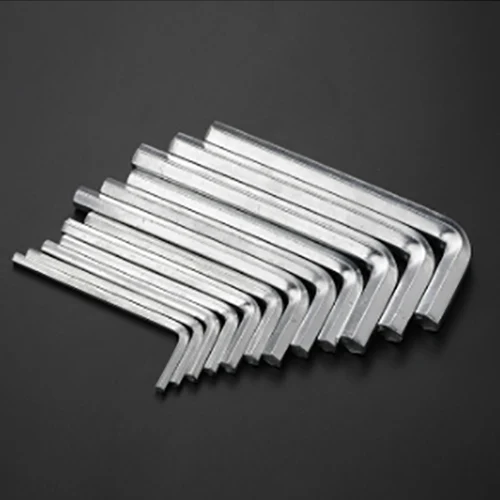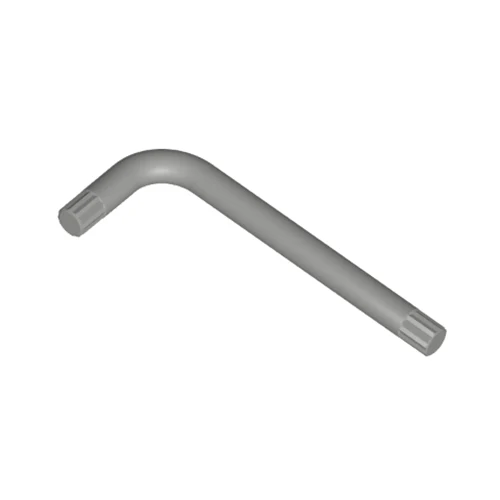Socket Head Cap Screw
Send Inquiry
The socket head cap screw has a conical head with a hexagonal groove. It is used with an Allen wrench and has fewer space restrictions. Xiaoguo® factory can provide customization, and the thread thickness can also be customized. After the screw is installed, it can be flush with the connection surface, not protruding, and will not hook other items.
When choosing materials for socket head cap screw, think about where you’ll use them. Stainless steel (A2/A4) is good for stuff like boats or food machines because it doesn’t rust easily. If you’re on a budget, go for zinc-coated carbon steel,it’s cheaper and works fine for indoor gear. Titanium is lighter and won’t react with the body, so hospitals use it for implants. Aluminum screws are super light too, but don’t pick them for heavy jobs. For high-heat situations, alloy steels (like AISI 4140) get heat-treated to handle the stress. When picking materials, engineers check stuff like how strong it is, how it handles heat, and whether it’ll corrode in certain environments.

Maintenance
Taking care of socket head cap screw helps them last. Check them now and then for rust or worn threads, especially if they’re used outdoors or in messy areas. When installing stainless steel screws, add anti-seize grease to keep them from sticking or getting damaged. Don’t crank them too tight,it can strip the hex hole or break the screw. If threads get dirty, scrub them with a wire brush. For screws outside, slap on a fresh protective coating every once in a while to fight weather damage. Store them in a dry spot (not too hot or cold) to avoid rust. After installing them in vibrating machines, give them another tighten to keep them from loosening up. Always use the right hex key size,forcing the wrong one wrecks the screw head.

Choose the right size
Q: How do I ensure proper sizing and compatibility of socket head cap screw for my project?
A: Socket head cap screw need exact sizes, including thread pitch, shaft diameter, and head angle (usually 82° or 90°). Make sure these measurements match industry standards like ISO 10642 or DIN 7991 to work with pre-drilled holes and the parts they connect. Use CAD drawings or actual samples to double-check how deep the head is and the taper angle. If the sizes are wrong, the screw might not line up right or might not hold tightly enough. Give us detailed specs (like DIN/ISO numbers) to get the correct socket head cap screw for what you’re using it for.
Our market distribution
|
Market |
Total Revenue (%) |
|
North America |
20 |
|
South America |
4 |
|
Eastern Europe |
24 |
|
Southeast Asia |
2 |
|
Africa |
2 |
|
Oceania |
1 |
|
Mid East |
4 |
|
Eastern Asia |
13 |
|
Western Europe |
18 |
|
Central America |
6 |
|
Northern Europe |
2 |
|
Southern Europe |
1 |
|
South Asia |
4 |
|
Domestic Market |
5 |













